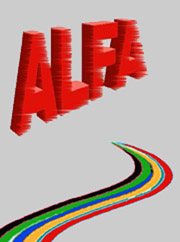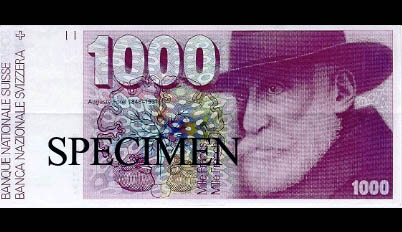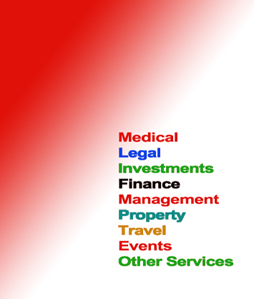January 2015


When (15th January 2015) Switzerland's central bank (SNB) decided to abandon shadowing the euro at the rate of 1.20, it was bound to inflict monumental losses on some. The franc soared by 30% for a while, settling closer to 20% up soon later.
Everyone was taken by surprise, including the Swiss government. This SNB policy had been in place since 2011. Its aim had been to lower the value of the franc and help Swiss exports to the Eurozone, Switzerland's main market. But the cost proved too high in the end.
In order to peg the franc to the euro, what the SNB was doing was buying quantities of euros with electronically generated francs, while at the same time removing a proportionate amount of cash from the Swiss economy to counterbalance the inflationary consequences.
One remembers Black Wednesday in London (1992) when, in his attempt to peg the pound in the Exchange Rate Mechanism (precursor to the euro), the then Chancellor raised interest rates repeatedly and spent over £3 billion of UK reserves trying to defeat the markets, while speculators betted against him by short-selling the pound; and they won. Being a Conservative, he should have listened to his own former Prime Minister, Margaret Thatcher, out of office by then, who famously had said in 1989 "You can't buck the markets." ALFA keeps repeating this message in its editorial pages.
The SNB does not come out of this as discredited as Norman Lamont did. Apart from accumulating considerable foreign reserves, its policy had brought benefits to the Swiss economy and would have continued, but it had become so expensive, it was no longer sustainable. The policy had been propped up for the three years it lasted by deflationary pressures, when, normally, pegging your currency low is inflationary. It is interesting that even deflation was not enough to sustain the policy.
The timing of the SNB announcement cleverly anticipated the subsequent move by the European Central Bank (ECB) to print money (quantitative easing) by buying Eurozone government bonds (except Greek ones for the time being). Eight million people (the Swiss population) felt a temporary bonanza. They could not buy enough euros and could not wait to cross the border and spend them in neighbouring Eurozone countries, suddenly 20% cheaper for them. But Swiss exports will suffer for the foreseeable future and there will be as many financial casualties inside Switzerland as there were outside investors and speculators, ruined by the enormous change in the value of the currency. And the Swiss stock market fell fearing a Swiss recession.
So did the SNB do the right thing? The answer is, it did the only thing possible, it had very little choice. It could not buck the markets any more than anybody else.
Some Greeks watching the new Syriza government now would have appreciated a safe haven like the Swiss franc, despite the negative interest rate, if only they had known what the SNB was going to do days before their own general election. This had been the very reason behind the introduction of the Swiss policy back in 2011 when the SNB feared a massive flight from the euro to its franc, which would have raised the franc to great heights killing Swiss exports.
Same old story of winners and losers. But, yet again, the lessons are that you can't buck the markets, and never trust the predictions of central banks.
© John K Smyrniotis 2015
DISCLAIMER
The content on these pages does not constitute professional advice, as
it does not take account of individual circumstances.
